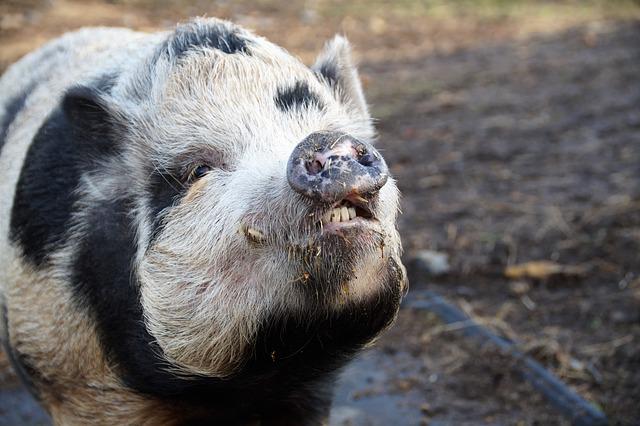An interesting article titled “Fully Guided Third Molar Tooth Bud Ablation in Pigs,” appears in the Journal of Oral and Maxillofacial Surgery written by Leigh E. Colby (2022, pp. 1-12). The article describes the investigation of ablated wisdom tooth buds in pigs which may one day serve as an alternative to surgical extraction.
In the study the author conducted a mandibular split-mouth animal pig study that compared right lower wisdom tooth with left unablated wisdom tooth buds. The left unablated tooth buds were used as the control group. The author stated that pigs were chosen as their wisdom tooth bud development resembles that of humans. Further pigs that were 20 weeks old were chosen as they have wisdom tooth buds that are similar in dimension to humans. A total of 5 female pigs were used that were acquired in Oregon. Female pigs were selected due to having less aggression than their male counterparts.
Each pig had two appointment days for the study. During the first appointment the pigs had dental impression and computed tomography (CT) scans taken. The computed tomography scans was used to locate the lower left and right wisdom tooth buds. The dental impressions and CT data were used to create custom wisdom tooth abalation guides that could then be followed during the second appointment.
During the second appointment which occured within 4 days of obtaining the dental impressions and CT scans the abalation procedure was conducted. The wisdom tooth abalation guides and an orthopedic bone drill was used to create an osteotomy to gain access to the dense cortical bone of the anterior of the ramus. This access was needed as medial access to the wisdom tooth bud was not feasible due to the pig’s narrow, elongated mandible and large tongue. After gaining access, a proprietary microwave ablation probe was inserted into the guide and positioned so that the probe’s center of abalation was in the center of the wisdom tooth bud. Once positioned a microwave energy dose with microwave radiation at 8 GHz and 5 watts of continuous power for 120 seconds was delievered. The period of 120 seconds was selected due to testing prior to the abalation procedures using fresh beef liver and pork loin tissues at body temperature that it would deliver sufficient energy to ablate 100% of the tooth bud and dental follicle tissue in pigs. After the abalation was performed the probe was removed and a copper wire x-ray marker was inserted. Then a second CT scan was performed.
The study results showed that the wisdom tooth buds were compelted abalated in the five pigs within the zone of thermocoagulation. The pigs were euthanized afterwards and dissected which showed no damage to collateral tissue, including the developing second-molar tooth bud follicle located less than 1 mm anteriorly to the abalation zone and the inferior alveolar neurovascular bundle located 2-3 mm inferiorly.

The study did have limitations including lack of sectioning the bone surrounding the tooth bud to determine if the abalation thermally affected the bony crypt. Further a histological analysis was not performed as part of the study. Further the way the tooth buds in the pigs were accessed is not the same as would be expected in humans and resulted in a longer surgical guide.
Even so the author feels that this study has promise for wisdom tooth bud abalation to one day be an alternative for wisdom teeth surgery that would avoid potential surgical complications. It is anticipated that clinicial trials in humans for wisdom tooth bud abalation will start later this year.

1 thought on “Tooth bud abalation of wisdom teeth may be alternative to surgery in the future”